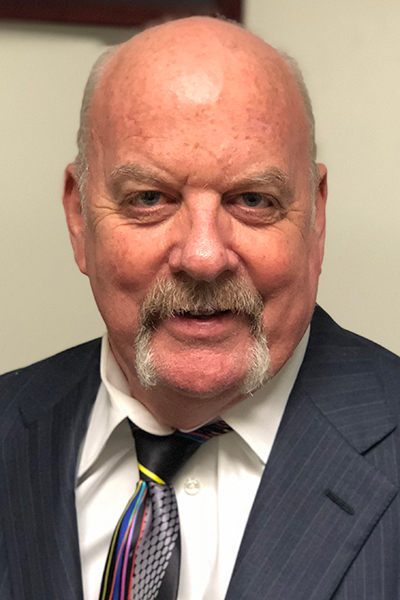
Antineutrophil cytoplasmic antibodies (ANCA)-associated vasculitides (AAV) are exceptionally rare autoimmune disorders that cause inflammation of blood vessels with a predilection for lung, renal, and multiorgan involvement.
Joseph P. Lynch, III, MD, FCCP, described the various AAVs—granulomatosis with polyangiitis (GPA), microscopic polyangiitis (MPA), and eosinophilic granulomatosis with polyangiitis (EGPA)—and their evolving treatments during his Edward C. Rosenow III, MD, Master FCCP/Master Teacher Honor Lecture, “Evolving Therapies in ANCA-Associated Vasculitides” on Monday, October 19. The session is available for viewing on the virtual CHEST 2020 meeting platform through February 1, 2021, for registered attendees.
The key feature of GPA is upper respiratory involvement—sinus, ears, nasopharynx, and orbital involvement, he said, which is rare with the other two vasculitic syndromes. These patients can present with tracheal stenosis and bronchostenosis, with the most severe complication being alveolar hemorrhage.
“Aggressive and prompt treatment is essential,” said Dr. Lynch, distinguished clinical professor of medicine and the Holt and Jo Hickman Endowed Chair in Advanced Lung Disease and Lung Transplantation at UCLA. “Patients who come in with progressive renal failure and hemorrhage should be treated the same day.”
Compared to GPA, MPA has more renal involvement, more often severe disease, more pulmonary fibrosis, higher mortality, and much less or minimal ENT involvement, he explained. EGPA is the only ANCA where eosinophils are prominent in the blood and tissue.
“[For EGPA], the major features you see on chest CT are focal alveolar infiltrates, eosinophilic pneumonia, and, in contrast to GPA, you do not get nodules or cavitary lesions,” he said. And in contrast to GPA or MPA, renal failure is rare, he continued.
Dr. Lynch reviewed the treatment evolvement for AAVs, sharing various studies over the last 50 years. The gold standard for GPA from the 1970s to 2010 was oral cyclophosphamide plus prednisone.
In the 1950s and 1960s, treatment primarily employed corticosteroids (CS) alone, but mortality and morbidity remained high. In the early 1970s, a prospective study at the National Institutes of Health (NIH) in the US, directed by Anthony S. Fauci, MD, demonstrated substantial improvements in mortality and morbidity using cyclophosphamide (CYC), a cytotoxic immunosuppressive agent, plus CS as treatment for Wegener granulomatosis (now termed GPA).
Over the next four decades, multiple randomized trials globally affirmed the benefit of CYC and CS over CS alone, but morbidity associated with CYC led to refinements in treatment. By the early 1990s, strategies to treat GPA and MPA still used CYC (combined with CS) as “induction therapy” (ie, for 3 to 6 months) until complete remissions (CR) were achieved. Following CR, less toxic agents (eg, methotrexate or azathioprine) were substituted for CYC to maintain remissions.
The latest development in the last decade has been rituximab, a monoclonal antibody that depletes B cells (antibody-producing lymphocytes), as induction therapy for GPA and MPA, Dr. Lynch explained. In July 2010, two landmark randomized trials from the US and Europe published in the New England Journal of Medicine reported high success rates with rituximab (RTX). These studies showed that RTX was at least as effective, and possibly more effective than CYC for these disorders, and with less toxicities.
“For ANCA-associated vasculitis, aggressive treatment is mandatory for alveolar hemorrhage or renal failure,” he said. “I believe that rituximab is the best choice for GPA and MPA. I also believe the maintenance of rituximab is every 6 months, 500 mg up to 2 years is probably better than going long-term on immunosuppressive therapy. I think we need to recognize the high infection risk in patients given high doses of steroids and hopefully, prednisone should be tapered to 0 if possible, within 6 months.”
About Edward C. Rosenow III, MD, Master FCCP/Master Teacher Honor Lecture
This endowment recognizes Dr. Edward C. Rosenow, who has promoted the development and training of hundreds of chest physicians during his three decades at the Mayo Clinic. It acknowledges his role of mentoring pulmonary and critical care physicians into CHEST leadership roles, where he has fostered the development of physicians-in-training to improve patient care. The lecture is generously funded by the CHEST Foundation.





